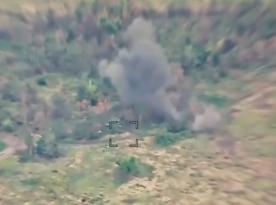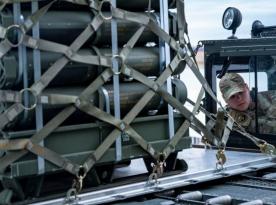The Biden administration prepared a $200 million package of additional military assistance for Ukraine in recent weeks but held off on delivering the aid despite appeals from Kyiv and some lawmakers, according to an NBC News report.
A source familiar with the matter, however, said there are a number of other options on the table for further assistance to Ukraine, including a much larger package of aid that would be approved in the event of further incursion by Russia.
Read more: US Administration Considering Sending Lethal Weaponry, Including Mi-17 Helicopters, Stinger Missiles, and Javelin Anti-Tank Missiles to Ukraine Amid Fears of Potential Russian Invasion
Earlier this week, National Security Adviser Jake Sullivan told reporters President Joe Biden told Russian President Vladimir Putin that if Russia launched an attack the U.S. would impose tough sanctions on Moscow and would send more military aid to Ukraine.
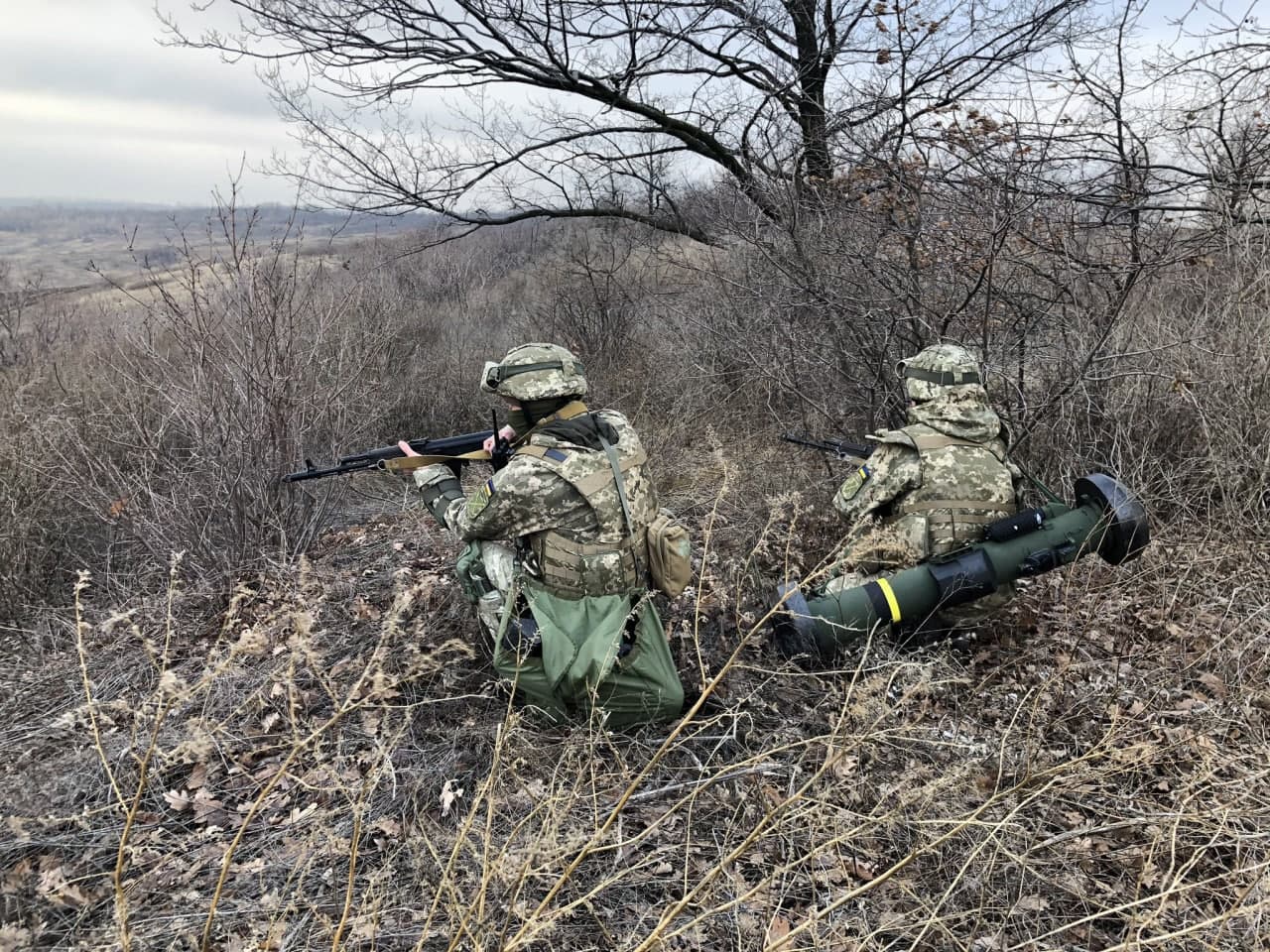
“We would provide additional defensive materiel to the Ukrainians above and beyond that which we are already providing,” Sullivan said, recounting Biden’s conversation with Putin.
The source familiar with the matter said Sullivan was referring to this much larger package of potential aid, not the $200 million shipment.
The administration's delay of this smaller shipment of weapons and military equipment was designed to give more time for diplomatic efforts to defuse tensions and to retain leverage in the case of a Russian attack on Ukraine, the three people familiar with the issue told NBC News.
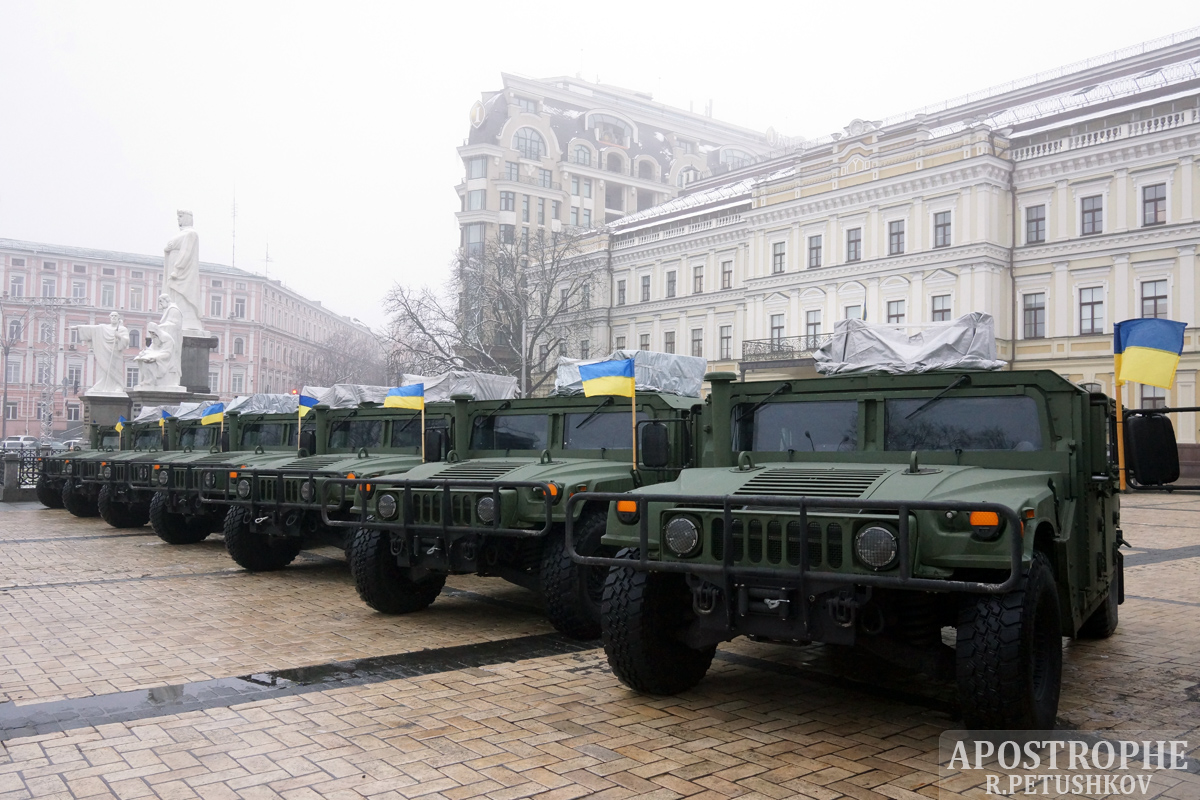
The smaller, $200 million package was expected to be approved and announced last week but instead the White House chose to postpone any final decision, the sources said.
Although it’s unclear what the proposed $200 million aid package includes, Ukraine has asked for air defense systems, anti-ship missiles, more Javelin anti-tank missiles, electronic jamming gear, radar systems, ammunition, upgraded artillery munitions and medical supplies.
After having submitted their urgent request for military assistance a month ago and received a positive response, the Ukrainian government was puzzled as to why the aid package had not gone ahead as expected. “There is slight frustration over this,” said a person familiar with the Kyiv government’s view.
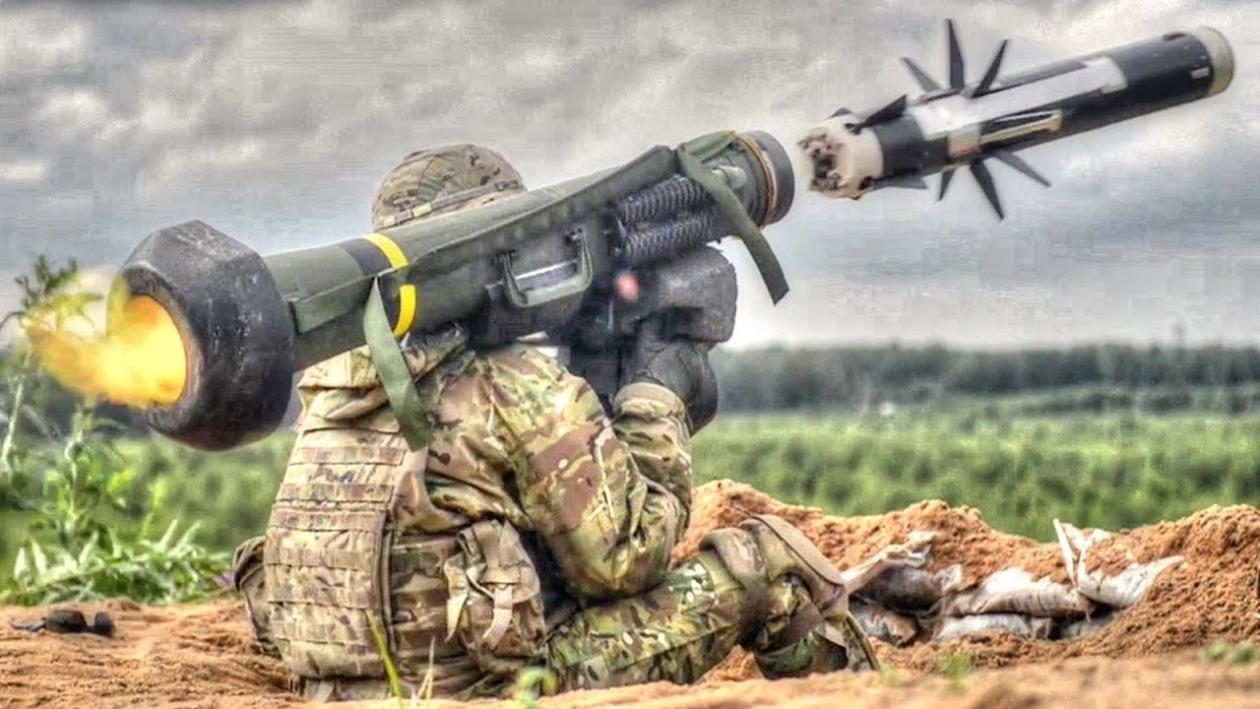
A bipartisan group of 22 House lawmakers wrote a letter to Biden on Wednesday urging the administration to speed up military help to Ukraine.
“To maximize deterrence, it is critical that at least some military aid — Stingers, Javelins, drones, and anti-ship missiles — are provided immediately. The Ukrainian state must be equipped with the tools necessary to defend itself and the region against Russian aggression,” the lawmakers wrote.
In a commentary published Friday in Foreign Affairs, Ukraine’s foreign minister, Dmytro Kuleba, said it was vital “to deepen military assistance to Ukraine.”
“We have our own capable military forces in Ukraine, and we don’t expect Western countries to put boots on the ground," Kuleba wrote. “We do, however, need more weapons to be able to defend ourselves. Everything counts, from ammunition to medical equipment, but we are in particular need of air and missile defenses."

Kuleba said only firm resolve from the United States and NATO would succeed in countering Russia.
“For too long, the West has declined to take Putin’s ambitions seriously and responded with delay, indecision, and weakness. It is time to meet them with strength.”
The U.S. already provides military assistance to Ukraine on a rolling basis, and has delivered about $400 million so far in 2021, with another $50 million in the pipeline, for the largest sum in any single year since 2014.
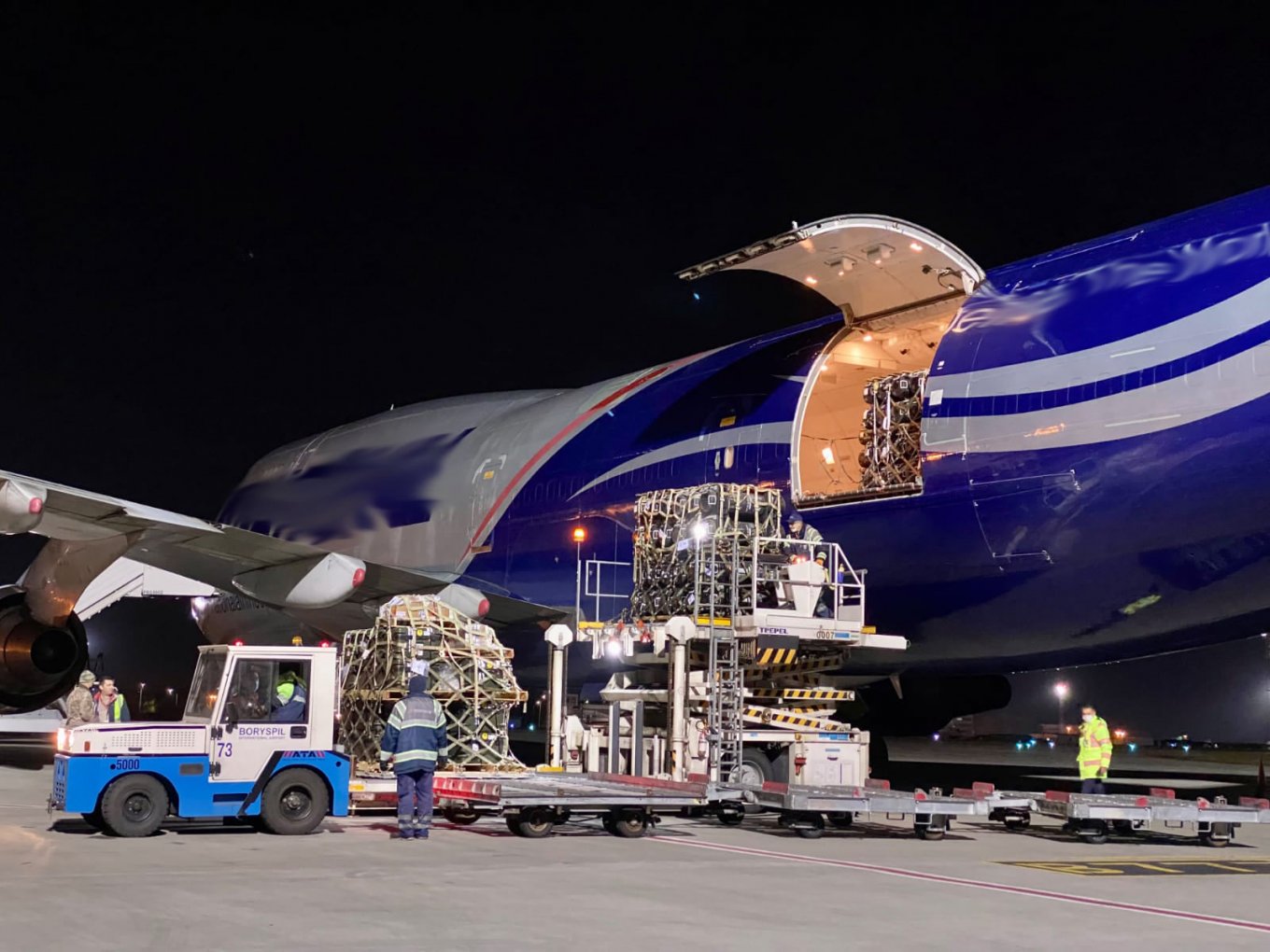
The decision on the timing of any further military assistance to Ukraine reflects a broader debate in Washington about how to prevent Russia from moving on Ukraine.
The Biden administration and its supporters believe a combination of threatened sanctions, military aid and diplomacy can persuade Putin to pull back the tens of thousands of Russian troops that he has deployed along Ukraine’s border.
But skeptics in Congress, including some Democrats, Eastern European government officials and some former U.S. diplomats, worry that the White House has been too cautious in its approach to Russia and avoided taking tough steps, including sanctioning a nearly complete pipeline bringing natural gas to Europe through the Baltic Sea.
Earlier this year, when Russian troops massed near Ukraine, the administration had another major military aid package prepared for Ukraine. But officials held off as Russia reduced its troop presence in April and Moscow and Washington agreed on a summit between Biden and Putin.
More military aid was not announced until September, when President Zelenskyy met with Biden in Washington.
For the White House, the outcome in the spring vindicated the administration’s approach, defusing tensions while showing resolve. For critics, the episode showed the administration was signaling weakness to Moscow, encouraging more brinkmanship from Putin.
Senior officials at the State Department who supported imposing sanctions on Russia’s Nord Stream 2 gas pipeline to Europe were overruled in May, as the White House wanted to avoid a clash with the German government that supported the pipeline.
The administration has indicated that the United States will impose sanctions on the natural gas pipeline if Russia invades Ukraine again.
William Taylor, former U.S. ambassador to Ukraine, said U.S. military assistance was a key element, along with the threat of harsh sanctions and diplomatic dialogue, in pushing back against a possible Russian offensive in Ukraine.
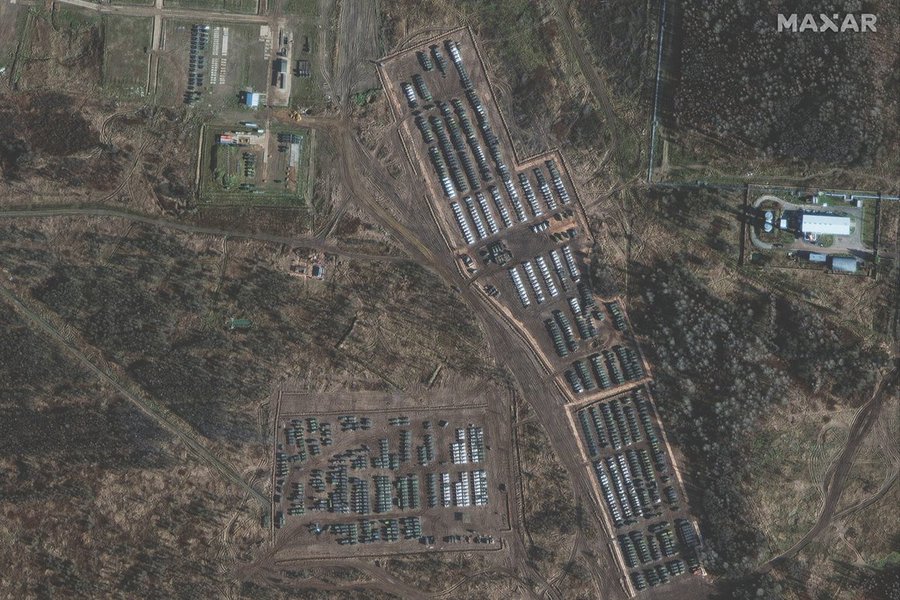
“The United States should continue and accelerate military assistance to Ukraine in response to renewed threats to Ukrainian, European and international security,” Taylor said.
The former ambassador said that there has been “a good flow of assistance since the Russians first invaded in 2014,” including $60 million announced in September that was delivered late in October.
Read more: Russia Again Sparks Invasion Concerns as it is Moving its Troops and Weaponry Closer to Ukraine's Border






